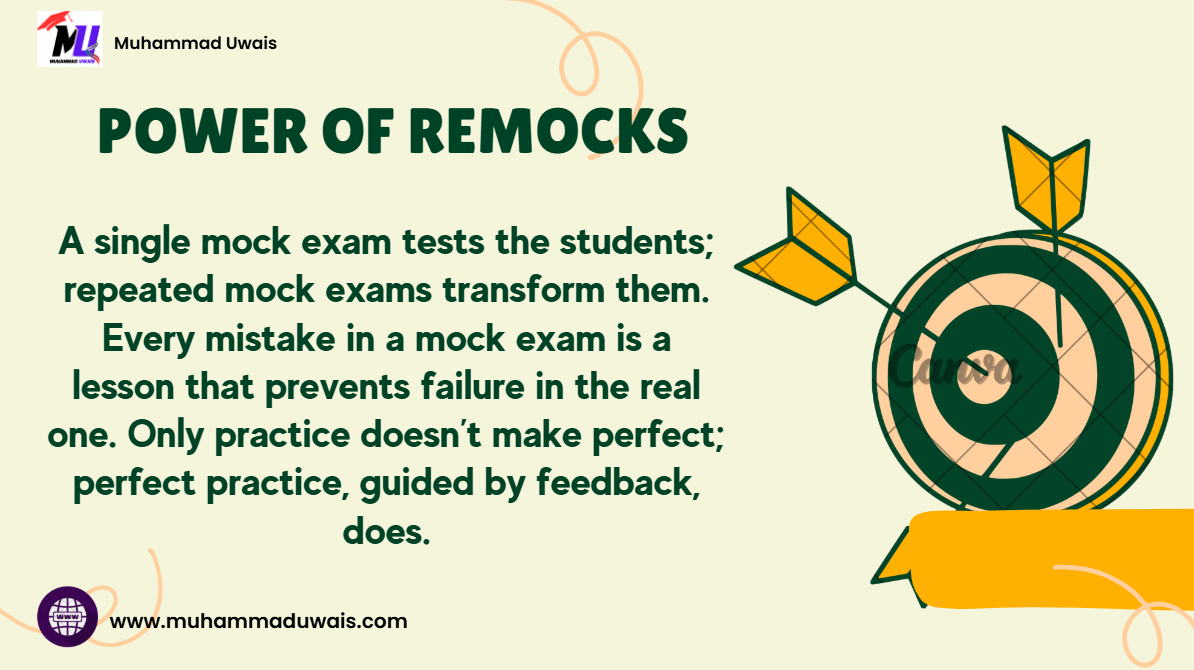The Benefits of Maintaining All Lessons in a Learning Management System (LMS)
In today’s rapidly evolving educational landscape, teachers face the challenge of managing increasingly diverse learning environments, whether in physical classrooms, remote setups, or hybrid formats. One solution that has become essential for teachers is the Learning Management System (LMS). By maintaining all lessons—including topic details, learning outcomes, example problems, tasks, and homework—within an LMS, teachers can enhance the structure, accessibility, and engagement of their courses. Additionally, it provides a platform for continuous interaction with students and offers a transparent record of the educational process, making it accessible to parents and school administrators. Below is a detailed look at the numerous advantages of integrating lesson plans into an LMS and how it contributes to the overall quality of teaching.
1. Comprehensive Lesson Organization
At the core of effective teaching is the ability to deliver lessons in a clear, organized, and structured manner. An LMS allows teachers to break down each lesson into distinct, well-defined sections, ensuring all learning components are systematically organized. Here’s how the LMS supports comprehensive lesson planning:
- Detailed Topics: Complex subjects can be broken down into smaller, more manageable segments. Each lesson within an LMS can be named, described, and categorized according to its subject matter. This allows students to navigate through topics in a logical order, reinforcing their understanding of the material.
- Learning Outcomes: Clearly defining the learning outcomes at the beginning of each lesson allows students to know what they are expected to achieve by the end. These outcomes serve as a roadmap, guiding students through the material while helping them focus on key concepts.
- Example Problems: Example problems and solutions are essential, especially in subjects like mathematics, science, and engineering. By providing these within the LMS, teachers ensure students can easily revisit examples for revision or practice, and clarify any areas of confusion.
- Tasks and Homework: Assignments, classwork, and homework are also included within the LMS, providing students with a clear understanding of what needs to be completed, when, and how. This helps students stay organized and aware of their responsibilities.
This level of detailed organization ensures a streamlined learning experience for students, reducing confusion and helping them follow along with the course material more effectively. For teachers, it eliminates the need to juggle paper handouts, emails, or different digital platforms to distribute lesson materials.
2. Complete and Consistent Lesson Plans
One of the key advantages of maintaining lessons in an LMS is that it serves as a complete lesson plan repository for teachers. Everything related to the lesson is already housed in one place, making it easy for teachers to stay organized and ensure consistent delivery. Here’s how the LMS supports this:
- Lesson Flow: Teachers can structure lessons in a way that ensures a logical progression from one topic to the next. This helps in building a solid foundation for students, where each new lesson builds on the previous one.
- Pre-set Content: Teachers can prepare lessons in advance, ensuring they have all the material ready for the semester or term. This reduces last-minute scrambling and allows for smoother transitions from one class to the next.
- Integrated Assessments: Homework and assessments can be directly linked to the lesson objectives, making it easier to track student performance in relation to the content being taught.
- Future Adaptations: Once a lesson is created in the LMS, it can be reused, modified, and adapted for future classes. This saves time for teachers in the long run, as they can build on the existing material rather than starting from scratch each year.
This consistency ensures that teachers deliver lessons in a well-organized manner and stay on track with the curriculum. It also helps reduce the cognitive load on students by ensuring that the lessons follow a clear, predictable pattern.
3. Increased Accessibility for Students
One of the most transformative aspects of using an LMS is the way it democratizes access to learning materials. Traditional teaching methods often rely on physical textbooks, handouts, or class notes, which may not always be accessible to all students at all times. An LMS solves this problem by making lesson materials available to students at any time, from any location. Here’s how it enhances accessibility:
- 24/7 Access: Students can log into the LMS at their convenience to review lessons, access learning outcomes, and work on assignments. This is especially useful for students who may have missed a class, need to revise material, or require additional time to grasp certain concepts.
- Self-paced Learning: Not all students learn at the same pace. With an LMS, students can revisit lessons as many times as needed, allowing them to engage in self-paced learning. They can move quickly through topics they understand well and spend more time on difficult areas without feeling pressured by class schedules.
- Mobile Access: Many LMS platforms are mobile-friendly, allowing students to access lessons on smartphones or tablets. This is particularly valuable for students who may not have consistent access to a computer but can still stay up to date using other devices.
By ensuring that lessons are always accessible, an LMS empowers students to take control of their learning and engage with the material in a way that suits their individual needs.
4. Enhanced Student Engagement and Teacher-Student Interaction
An LMS opens up new channels for continuous engagement between students and teachers, fostering a more dynamic and interactive learning environment. Traditional classroom interactions are often limited to face-to-face time, but with an LMS, communication extends beyond the classroom:
- Discussion Boards and Forums: Many LMS platforms have integrated forums where students can ask questions, share insights, and discuss topics with their peers. Teachers can moderate these discussions, provide additional explanations, and clarify doubts in real time.
- Direct Feedback on Assignments: Teachers can provide immediate, detailed feedback on student work, helping them improve and guiding them on how to correct mistakes. This ongoing feedback loop keeps students engaged and motivated to improve.
- Collaborative Learning: LMS platforms often allow for collaborative projects, where students can work together on tasks, share ideas, and learn from each other. Teachers can monitor these collaborations and offer guidance as needed.
By fostering consistent interaction, an LMS encourages active learning and ensures students feel supported throughout their educational journey. Teachers remain connected with students, answering questions and offering real-time assistance as needed.
5. Efficient Task and Homework Management
In addition to managing lesson content, an LMS significantly improves how tasks and homework are assigned, tracked, and graded. Teachers can manage these tasks more efficiently, ensuring deadlines are clear and submissions are easy to track:
- Automated Submission Systems: Instead of collecting physical homework, students submit assignments directly through the LMS. This reduces the risk of lost homework and ensures that all submissions are time-stamped and organized in one place.
- Integrated Grading Tools: Many LMS platforms have built-in grading tools, allowing teachers to mark assignments, quizzes, and exams directly within the system. Grades can be automatically calculated, and feedback can be provided immediately.
- Deadline Reminders: Students receive notifications and reminders about upcoming deadlines, helping them stay on top of their workload and complete tasks in a timely manner.
This streamlined task management system saves teachers time and helps students stay organized, ensuring accountability on both ends.
6. Transparency for Parents and School Administrators
An LMS not only benefits students and teachers but also serves as an invaluable tool for parents and school administrators. One of the major challenges in education is ensuring that parents are kept informed about their child’s progress and that school administrators can monitor the effectiveness of the teaching process. An LMS provides:
- Transparency for Parents: Parents can log into the LMS to see what their children are working on, review lesson plans, and check assignment completion and grades. This transparency allows parents to be more involved in their child’s education and to offer support where needed.
- Administrative Oversight: School administrators can access the LMS to ensure that lesson plans are being followed, monitor teacher performance, and review student progress. This is particularly important for ensuring that school standards are being met and that the curriculum is being delivered effectively.
By providing clear evidence of what is happening in the classroom, an LMS fosters accountability and helps create a more collaborative environment between teachers, parents, and school administrators.
7. Consistency Across Classes and Years
Once lessons are set up in an LMS, they can be reused and adapted for future classes, ensuring a high level of consistency from one year to the next. Teachers can:
- Repurpose Content: Lessons, assignments, quizzes, and resources from previous years can be updated and reused, saving time and effort in lesson planning.
- Maintain Uniformity: Across multiple sections of the same class, teachers can ensure that all students receive the same content, assessments, and resources, maintaining consistency in learning outcomes.
This continuity in lesson planning ensures that students across different classes or cohorts are all receiving the same quality of education, with lessons that have been refined and improved over time.
8. Popular LMS Platforms for Maintaining Lessons
Several LMS platforms are available to help teachers organize and deliver lessons effectively. Some of the most popular platforms include:
- Google Classroom: A free, user-friendly platform that integrates with Google’s suite of tools. It allows teachers to create, distribute, and grade assignments and supports easy communication with students.
- Moodle: An open-source LMS that is highly customizable and widely used by educational institutions around the world. It offers robust tools for creating interactive learning experiences, tracking student performance, and supporting online assessments.
- Canvas: Known for its clean interface and ease of use, Canvas offers various tools for building course materials, assigning tasks, and fostering collaboration. It integrates with many third-party applications, making it a versatile choice.
- Blackboard: A comprehensive LMS that supports both online and blended learning. It offers advanced tools for lesson delivery, assessments, and communication, and is used by many higher education institutions.
- Microsoft Teams for Education: As part of the Microsoft 365 suite, this platform offers not only collaboration tools but also the ability to manage lessons, assignments, and grading in one place.
Each platform offers unique features, but all help streamline the educational process, making it easier for teachers to stay organized and students to remain engaged.
9. Detailed Insights into Student Performance
An LMS also provides valuable data and insights into how well students are performing. Teachers can:
- Monitor Progress: Track which students have completed assignments, how they have performed, and identify areas where they may need additional support.
- Analyze Trends: Use data to identify trends across the class, such as common areas of difficulty or patterns in student performance.
- Make Informed Decisions: Based on the data, teachers can adapt their teaching strategies to better meet the needs of their students and improve overall learning outcomes.
This data-driven approach allows teachers to tailor their teaching methods and offer personalized learning experiences, helping students succeed.
Conclusion
Maintaining all lessons within a Learning Management System offers numerous benefits for teachers, students, parents, and school administrators. From providing a structured and accessible learning experience to fostering greater engagement and accountability, an LMS is an indispensable tool in modern education. With detailed lesson plans, clear learning outcomes, and seamless communication between all stakeholders, teachers can enhance the quality of education they provide. The transparency offered by the system ensures that parents and school administrators are always informed and able to monitor progress. Using platforms such as Google Classroom, Moodle, Canvas, and Microsoft Teams, teachers can effectively transform their teaching practices, delivering consistent, high-quality education in any learning environment.



